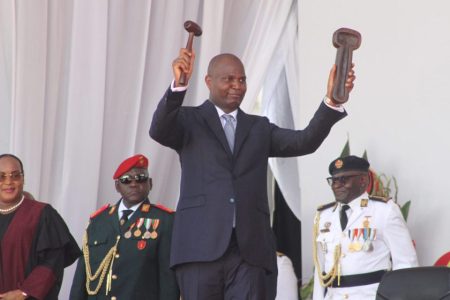Chinese state-run firm CNOOC Petroleum Brasil paid Petrobras 10.3 billion reais (US$1.9 billion) for an additional 5 per cent interest in Búzios, increasing its participation in the field’s surplus volumes contract to 10 per cent.
Located in the Santos basin pre-salt and operated by the national oil company, Búzios is the second largest field in the country, which registered an output of 725,617 barrels per day (bpd) in October – only behind the Tupi field, where production in the period was 1,107,000 bpd.
Unlike Tupi, Búzios has an ascending production curve, as several new floating production storage and offloading vessels (FPSO) are scheduled to come online in the field by 2026 and beyond.
Petrobras’ current business plan projects that Búzios’ production will reach over 1.7 million bpd in 2026, representing a third of the company’s total output. Capital expenditure for the project over the next four years is estimated at US$23 billion.
China is also present in Búzios through CNODC Brasil Petróleo e Gás, which holds a 5 per cent stake in the project’s surplus volumes contract.
In the case of Búzios’ shared deposits, which include the transfer of rights contract and the BS-500 concession, the Chinese firms’ interests are 3.67 per cent (CNODC) and 7.34 per cent (CNOOC).
Both companies have 5 per cent stakes in another local E&P highlight: the Mero field, in the giant Libra block, which is also operated by Petrobras.
Presently, Mero produces approximately 260,000 bpd through the Guanabara FPSO, which began operations in April.
According to recent data, CNOOC and CNODC currently produce around 130,000 bpd each in Brazil.
In the next four years, another three floating platforms are programmed to start producing in the pre-salt field: Sepetiba, Marechal Duque de Caxias and Alexandre de Gusmão, each capable of producing 180,000 bpd of oil.






